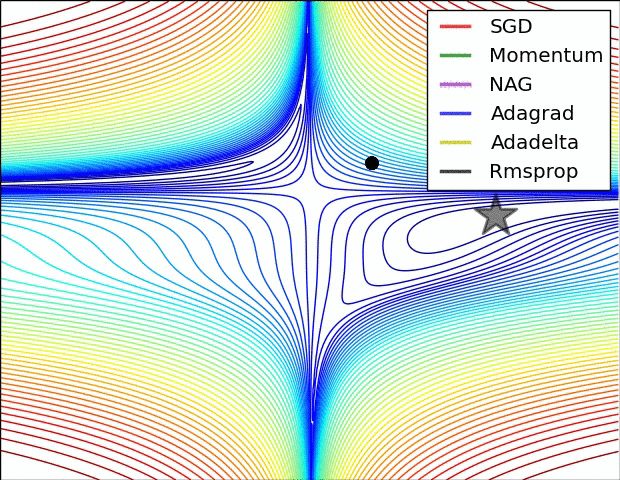Quantifying Exposure Bias for Neural Language Generation Withdrawn ICLR2020 https://openreview.net/forum?id=rJg2fTNtwr
"We develop a precise, quantifiable definition for exposure bias. Surprisingly, according to our measurements in controlled experiments, there’s only around 3% performance gain when the training-inference discrepancy is completely removed. Our results suggest the exposure bias problem could be much less serious than it is currently assumed to be."





In this issue you can either: